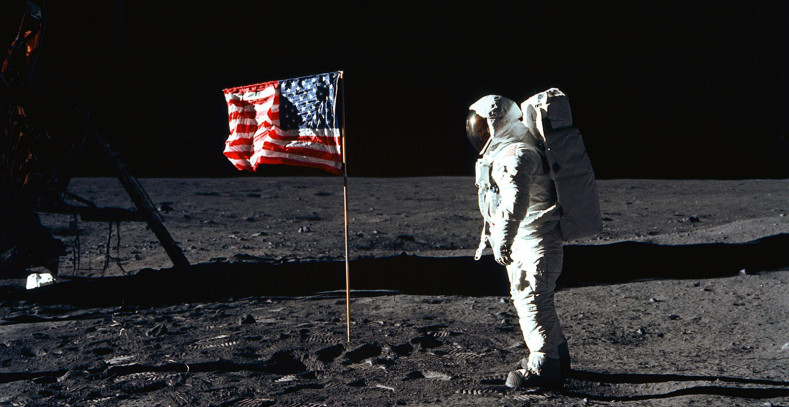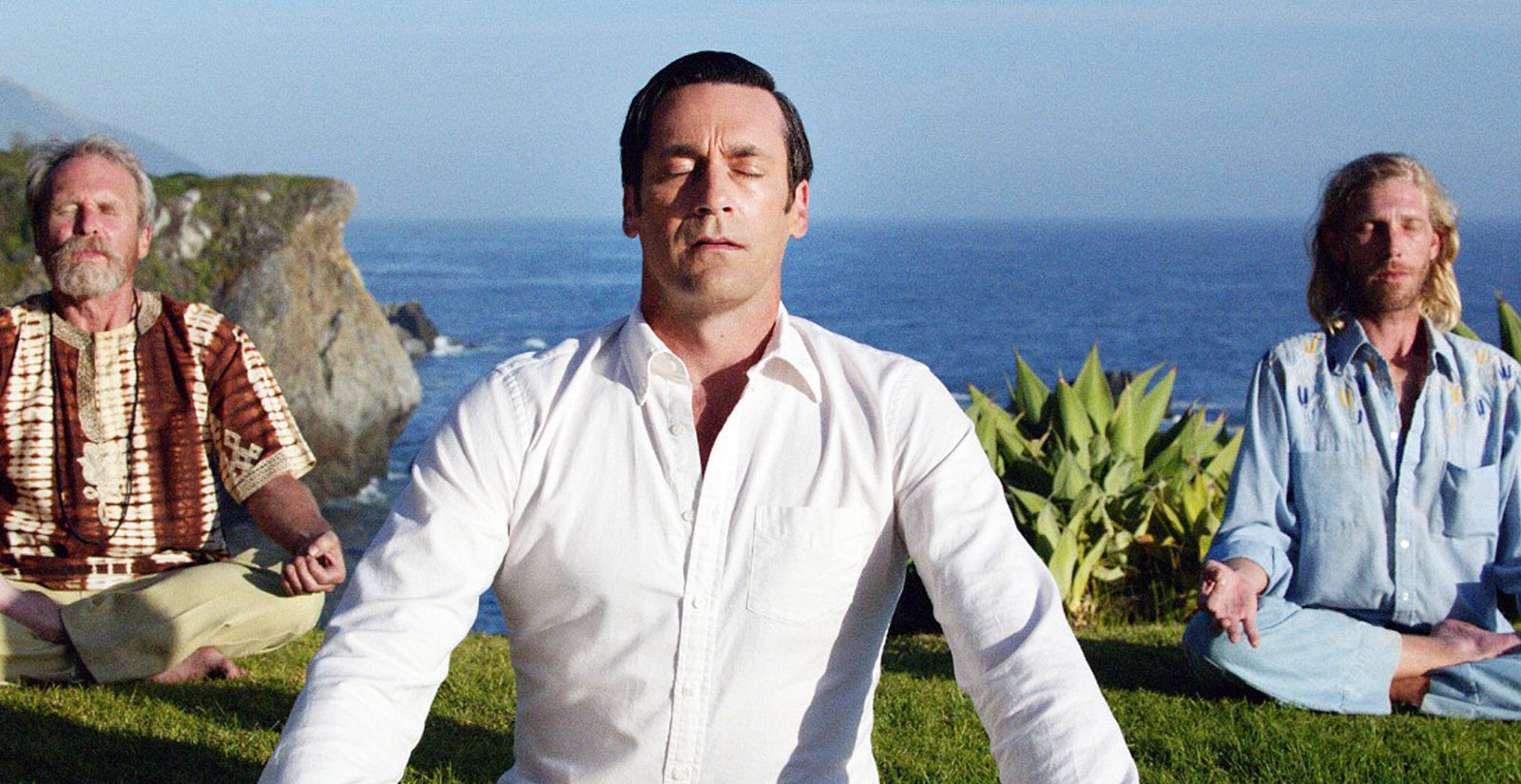There is an analogy that I use a lot and that is the dinner party, and I like the dinner party because there are so many elements to a dinner party, there are so many things that happen – it’s such fertile ground get £300 Loan with Bad Credit.
Have you ever thought about what the ROI is for a dinner party, the return on investment? Because if you think about it, you put alot into it, you put your time of preparing it, you put in money for the food and the drinks. You put your emotional energy – the sweat equity working on the recipes, creating the food, you ask, “Is this going to work?” You put time into inviting your guests, you put time into preparing your house, or money into preparing your house, maybe you hire somebody to clean up, maybe you hire somebody to serve the food or maybe you hire somebody to prepare the food. But there’s a significant investment in one way or another when you have a dinner party https://www.routinewealth.com.
And then you execute the plan; people come over. And then the evening just unfolds and different things can happen, you know maybe the food gets burned, maybe the food is underdone, maybe the food doesn’t taste good, maybe the power goes out. There are so many different things that can happen in a dinner party that are unexpected. Maybe somebody spills wine all over the rug or all over themselves and they are very embarrassed, check citigraphics.
But the interesting thing is everything can go wrong in a dinner party, and you still have a very high ROI – return on investment – because your return on investment of a dinner party is what? It’s happiness – simple happiness. We invest our time and energy and money into a dinner party to get a return on investment of happiness.
So the truth is everything can go wrong and we still have a very significant ROI. Maybe it goes wrong but we just laugh about it, we have a good time. The power goes out and the food’s halfway done so we call up the pizza parlor and we have a bunch of pizzas delivered and all these people dressed up really nice and we’re having pizza by candlelight and we’re playing charades and it seems like everything that can go wrong did go wrong and yet it still works out to be the greatest evening of our life and if we tried vehemently, we could never reproduce that.
On the other side, everything can go right. Guests can show up on time, they can have great food, and yet something is just missing and we have a very low ROI. Something happens where it just doesn’t feel like people really connected and we all just sort of sat there and ate and said our goodbyes at the end of the evening and it just didn’t click. And maybe you had 10 dinner parties the weeks before that were awesome and this one just didn’t work out and try as you might you can’t figure out why, but okay you have another dinner party later and you’re unwilling to stop having guests over just because it didn’t work out once.
I think all these things are applicable in business. We make grand plans, we have visions, we know what we want and we push the button, we execute those plans and sometimes those plans work out great and we get a lot of business and sometimes those plans don’t work out very well at all and we don’t get a lot of business. And we tend to look at return on investment of how much money are we bringing in but we all know the truth that money doesn’t buy happiness. So maybe business is more like the dinner party, maybe regardless of our return on investment in terms of cold hard cash, we need to also look at our return on investment in terms of raw happiness. Now I’m not saying that I’m in marketing to make you happy and forget about money, I’m in marketing to help you earn more income; that’s my job, that’s why you hired me. And I also want to find ways to help you increase your level of enjoyment in your business as you’re earning more money.
A question I ask a lot, “Would that be valuable to you?” Would it be valuable if I could help you find greater levels of enjoyment in what you do while you’re earning more money? Because the truth is that’s what I like doing, that’s what I really enjoy doing. Now I found that the reason people aren’t happier in their business comes down to one specific thing; the level of risk that they’re taking personally. I’m not talking about risk of investing; I’m talking about the risks that they’re taking personally.
What are they doing that puts themselves out there in a way that they haven’t done before? How are they taking an emotional risk where they may appear foolish, may reveal certain intimate details about their life? Because what I’ve found is that happiness is about creating greater connections. Human beings are happier when we are increasing a higher level of involvement with other human beings. That tends to be the tipping point of happiness: what’s my involvement with other people?
Now a low level of involvement and a higher level of income produces a lower level of happiness. A higher level of involvement and static income increases happiness. Now a higher level of involvement and a lower level of income produces lower happiness because it’s hard to feel involved with other people when we’re concerned about just day-to-day living – “Am I going to be able to keep the lights on?” But a higher level of involvement with other people and a higher level of income produces more happiness.
So how do we increase your level of involvement and your level of income? Well part of that is in branding. Here’s what branding is really about: “Branding” is a word that’s thrown around a lot, “My brand,” “Is this consistent with my brand?” A business without a brand is like a person without a personality.
Your company’s brand is essentially your personality stamped on top of your company. The person you are, the things that you believe in, the things that you enjoy, the things that make you, you, when attached properly to your business create your brand. Think about it, Steve Jobs and Apple Computers. We all know who Steve Jobs was when we walk into an Apple Store. It’s style, it’s personality, it’s technology, it’s friendliness and connection. You walk into an Apple Store, you’re greeted but you’re also in this world of high technology and it’s also a world that’s very well organized an Apple store never feels cluttered. They make excellent use of empty space, it’s very welcoming. So technology, order, style; these were things that were very important to Steve Jobs and they have been rubber stamped on top of his business.
So when you go to Disneyland, the happiest place on earth, it’s beautiful, it’s clean, it’s fun, it’s wholesome, it’s welcoming, it makes you feel good. It’s what Walt Disney was all about, bringing greater enjoyment to families, making kids happier. The Disney Corporation rubber stamped Walt Disney’s personality on top of their multi-billion corporation.
Now the truth is you don’t have to have a lot of money to brand your business, all you have to do is have a willingness to look deep inside and be clear about what it is that you’re all about in your company. The reason you got into business in the first place, that’s your brand. Often times we can’t see that, we can’t see the forest for the trees. We don’t know what that thing is, partially because we’ve been in business for so long and we’ve just sort of forgotten that initial spark that said, “I’ve got to do this!” And it’s hard to remember what that is, to really get back to it.
And the other reason is “Physician heal thyself” – we need a hand, we need help, we need somebody to hold up a mirror to us and say, “Oh, I hear what you’re saying about your business, let me feed that back to you, I think this is what you’re all about. Is that right?” “Oh yeah, that is right.” That’s your brand.
So let me bring this all the way back around. What we all want in life, in business, in ourselves, is greater happiness. The pathway to greater happiness is more connectivity with others. The pathway of more connectivity with others in business is a solid brand, a brand that’s like a beacon, a light; it brings your best customers to you. I say your best customers because when you brand your business successfully, you are attracting a certain type of people.
Disney isn’t looking for motorcycle gangs, Apple computers isn’t looking for people who are stodgy and narrow minded, those are not their best customers. Because their brands are so strong, they actually repel the people that are not best suited to work with them. By repelling the people that are not best suited to work with them, they have a lower incident of having to deal with the people that they don’t want to deal with and a higher incident of dealing with people that they want to deal with and thereby that creates greater personal connectivity, increases happiness.
By bringing your best customers to you, through branding, through marketing, through your materials, through your website, through search engine optimization, through mailers and email blasts and social media; by bringing your best customers to you, the people who are best suited to work with you, increases your level of connectivity and increases what? Your happiness.
My name is Dan Gordon, my company is The Big Time Group, I do marketing for your business, and I make you happier.












